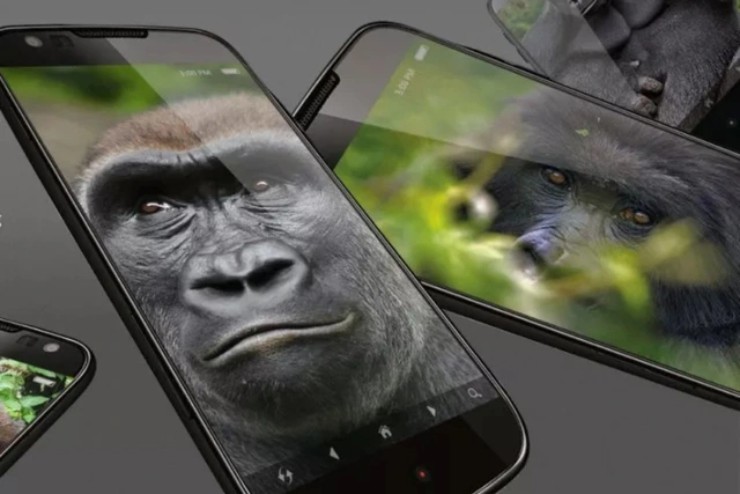With so many display specs on smartphones, many people find it difficult to choose. However, if you focus on the main specs, shopping becomes much easier.
Here are some display attributes that users should prioritize to ensure are present on their smartphones so that the user experience will not feel uncomfortable, at least for the next few years.
High refresh rate
High refresh rate panels have been on phones since Razer launched its first smartphone in 2017. Since then, more high refresh rate panels have appeared, even LTPO displays that can dynamically switch between 0 Hz and 120 Hz.
A high refresh rate is essential if you want smooth smartphone movements.
But why is a high refresh rate a must? It is because it will make the smartphone process touch operations almost instantly, improve the user experience for smooth interaction, eliminate lag, etc. So whether it is scrolling Instagram or playing mobile games, a high refresh rate screen will make the experience more engaging. If it is a smartphone using LTPO technology, the battery life is also better.
Average brightness
This is a spec that most smartphone manufacturers tend to ignore in favor of “peak brightness” numbers, which are often recorded in environments that not everyone will actually use. For example, the Pixel 9 has a peak brightness of 2700 nits, but Google notes that it’s measured at a 5% pixel-to-pixel ratio, meaning only a small portion of the screen is capable of this brightness. Average brightnesses are not usually provided.
Individual reports and reviews from reputable sources are often the best way to get a better idea of a smartphone’s brightness performance, so pay attention to these numbers before making a purchase. In my experience, anything with an average brightness of over 800 nits is easily viewable outdoors and not uncomfortable.
Screen protection glass technology
When buying a smartphone, users will focus on making sure the device has Corning Gorilla Glass or Asahi Glass, which has built a reputation and is available on most smartphones. In most cases, smartphones that do not have Corning Gorilla Glass are likely to use glass from Asahi.

Gorilla Glass from Corning is widely used on smartphones.
When it comes to choosing between Corning's Gorilla Glass and Asahi's Dragontrail, Corning's is often preferred because it offers better drop protection. For example, Gorilla Glass Victus 2, found on most flagship smartphones, promises to survive drops of up to 3 meters onto concrete. Asahi's promises better scratch resistance than drop protection.
Things are a lot simpler if you buy an iPhone. All models from the iPhone 12 onwards feature Ceramic Shield, co-developed by Apple and Corning — a ceramic-reinforced material that promises durability against drops and scratches, just like other Corning products.
High touch sampling rate, especially for gamers
This is the frequency at which the phone's display records the user's touch interactions. The higher the sampling rate, the more responsive the display is. Although this is also measured in hertz (Hz), there are key differences between refresh rate and touch sampling rate, so make sure you don't confuse them.
Coming back to its main benefit, if you are a heavy gamer, the higher the touch sampling rate, the faster your movements will be recorded by the smartphone. The positive effects of high sampling rates also transfer to everyday use, although that is not so obvious.

